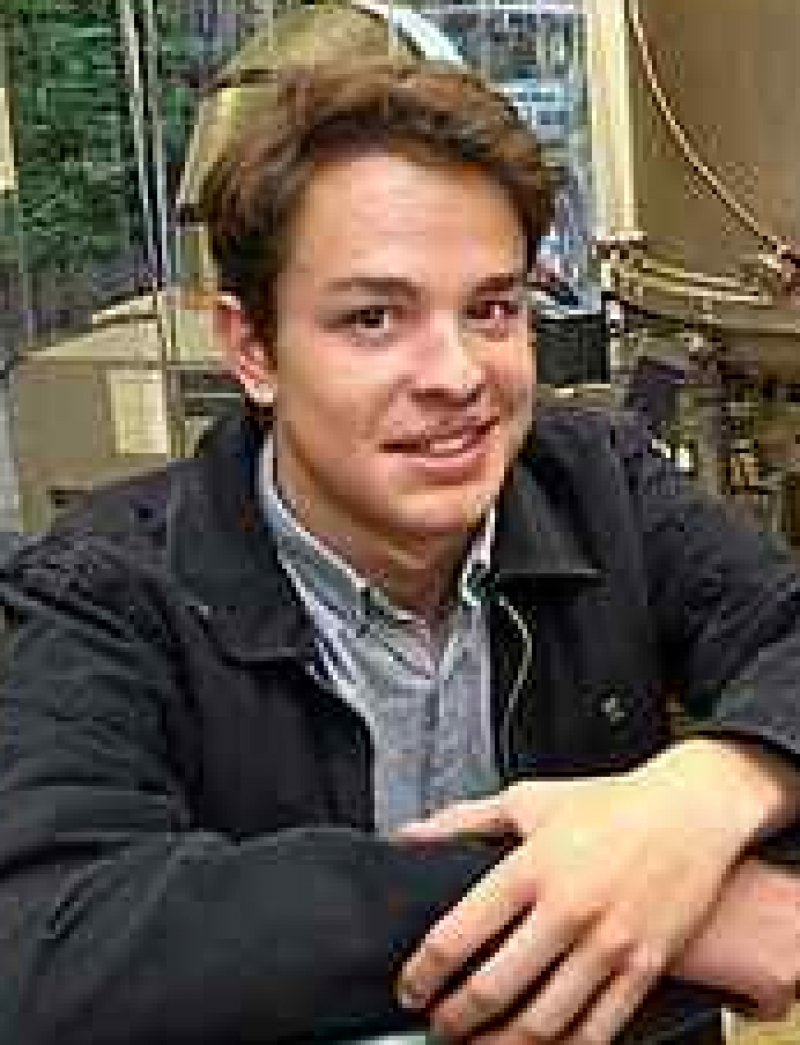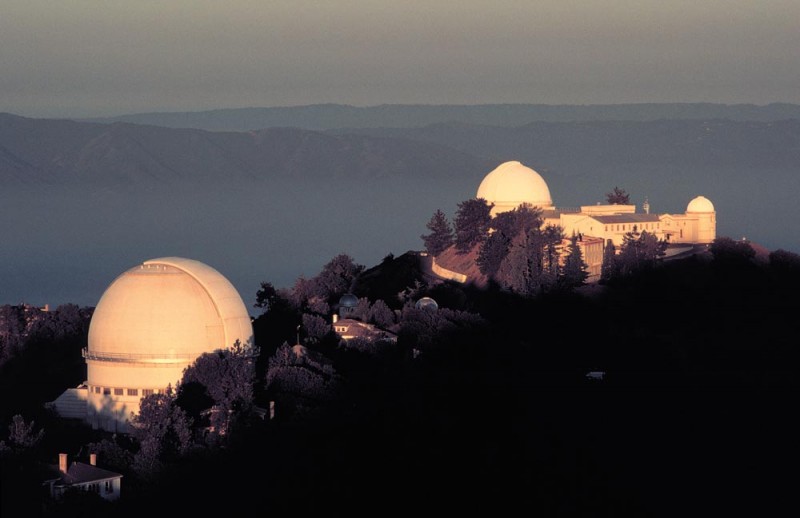Under the mentorship of Andrew Phillips, who heads up the Advanced Coatings Lab at the University of California Observatories, teenager Spencer Cheleden, 17, began experimenting with silver-based reflective coatings on telescope mirrors in the fall of 2015 as part of UC Santa Cruz’s Science Internship Program.
Optical coatings are thin films applied to mirror and lens surfaces to enhance reflection for mirrors. They can consist of one or multiple layers of various materials, and are roughly 200 to 400 nanometers in thickness — or 1/300 the diameter of a human hair.
 |
|
Spencer Cheledon. (Santa Cruz Sentinal photo by Dan Coyro) |
In amateur astronomical telescopes, examples of cutting edge optical coatings are the Starbright XLT coatings from Celestron and the Ultra High Transmission Coatings (UHTC) from Meade Instruments. In mirror coatings Meade UHTC uses aluminum enhanced with a complex stack of multi-layer coatings of titanium dioxide (TiO2) and silicon dioxide (SiO2). UHTC is available in several models of Meade telescopes including the popular Meade ETX-90 Maksutov-Cassegrain Portable Observatory available through Anacortes Telescopes. In both reflective and anti-reflective coatings Celestron uses aluminum (Al), hafnium oxide (HfO2), titanium dioxide (TiO2), silicon dioxide (SiO2), and magnesium fluoride (MgF2), which is standard in Celstron's "Orange Tube" telescopes such as the awesome mid-level Celestron Nexstar 5SE Computerized Telescope, part of the lineup of Celestron telescopes at Anacortes.
Telescope mirrors traditionally have aluminum-based coatings, Cheleden said. Silver has been largely overlooked as a coating material because it tarnishes when exposed to oxygen. To protect the thin film of silver from oxidation, Phillips and Cheleden began experimenting with a variety of metal oxide, fluoride and nitride applications.
This summer, Phillips and Cheleden have been creating composites using promising materials such as titanium oxide, hafnium oxide, silicon nitride and yttrium fluoride. To see which composite protects the silver reflecting surface longest and best, these coatings are being tested in a lab on the UCSC campus as well as in real-world situations such as a Lick Observatory telescope.
 |
| Located in the Diablo mountain range east of San Jose, California, Lick Observatory is the world’s first permanently occupied mountain-top observatory. |
Read more: Santa Cruz Sentinel